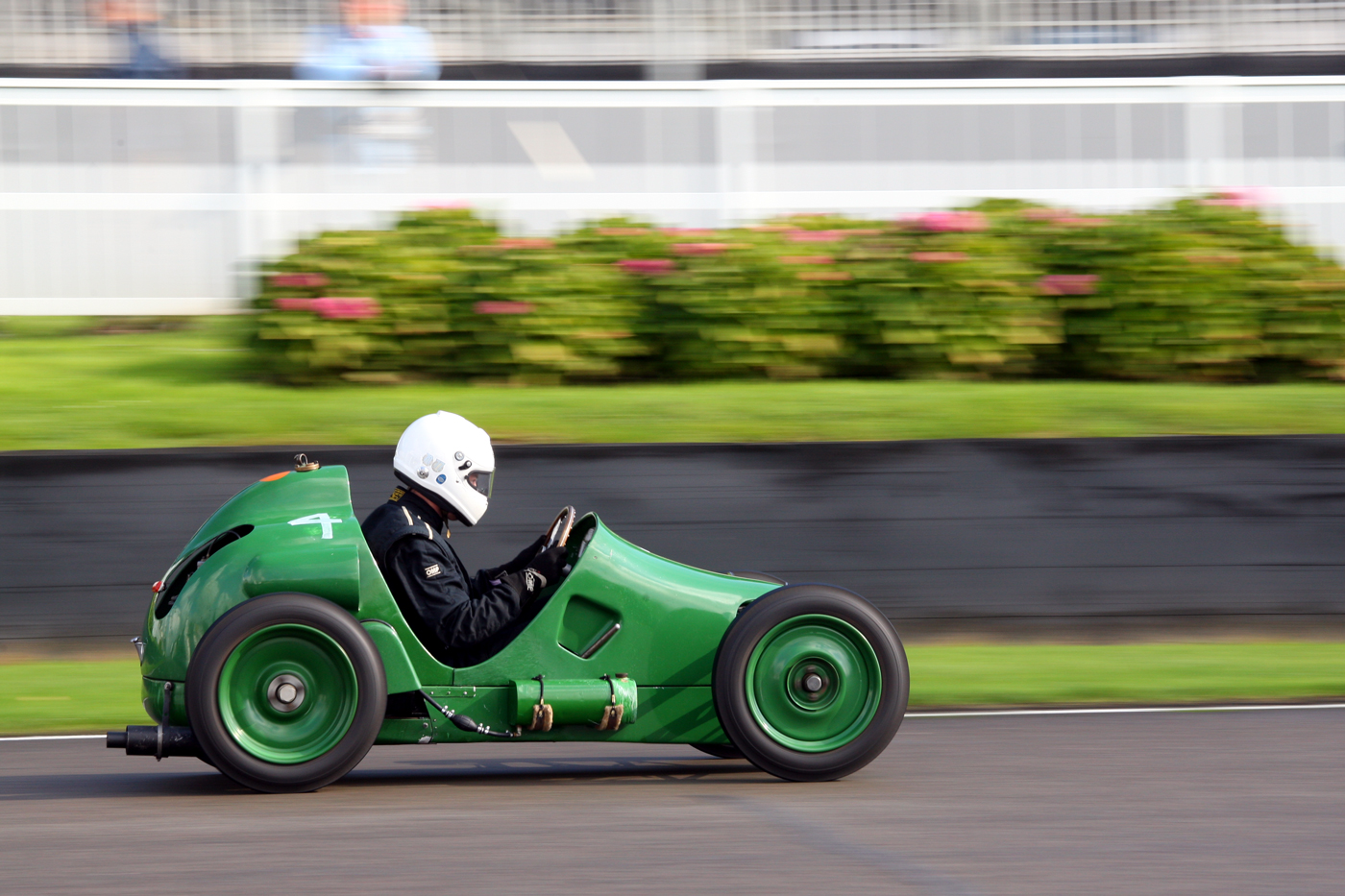By Pete Vack
Color photography by Jonathan Sharp
They were laughable, incredibly noisy, devastatingly fast, often home built, and frequently ridiculed. But after 1950, 500 cc racing, better known as Formula 3, was one of the most significant classes ever to assemble on a grid. Born out of wartime dreams, these 500 pound, 500 cc race cars, with their independent suspensions, tubular chassis and motorcycle engines placed directly behind the driver, led directly to the Formula 1 and sports racing “rear engine revolution” of the 1960s. According to Count Gianni Lurani, “The success of F3 gave enormous impetus to the still immature British racing car industry. In time, the center of road racing and road racing manufacture was to shift across the English Channel, a possibility hardly imagined in the first post war years.”
That so much was achieved from so little was not expected then, nor is it remembered today. The one-make races, the motorcycle engines, and the scarcity of international competition discouraged the mainstream race fans with their various marque and national prejudices. The 500 cc cars were perceived as slow, troublesome and outside the realm of ‘real’ racing. F3 failed to catch the interest of more conventional race car builders, both on the Continent and in the U.S. Following the ultimate demise of the formula in 1959, the trend setting F3 cars were forgotten by all but a few die-hard enthusiasts in the United States and Great Britain.
However maligned, F3 was destined to change the face of the racing world. Cars like the Cooper Mk VIII, JBS, Mackson, and Erskine Staride set the pace for today’s modern F1 machines.
Unheralded Predecessors, indeed.
